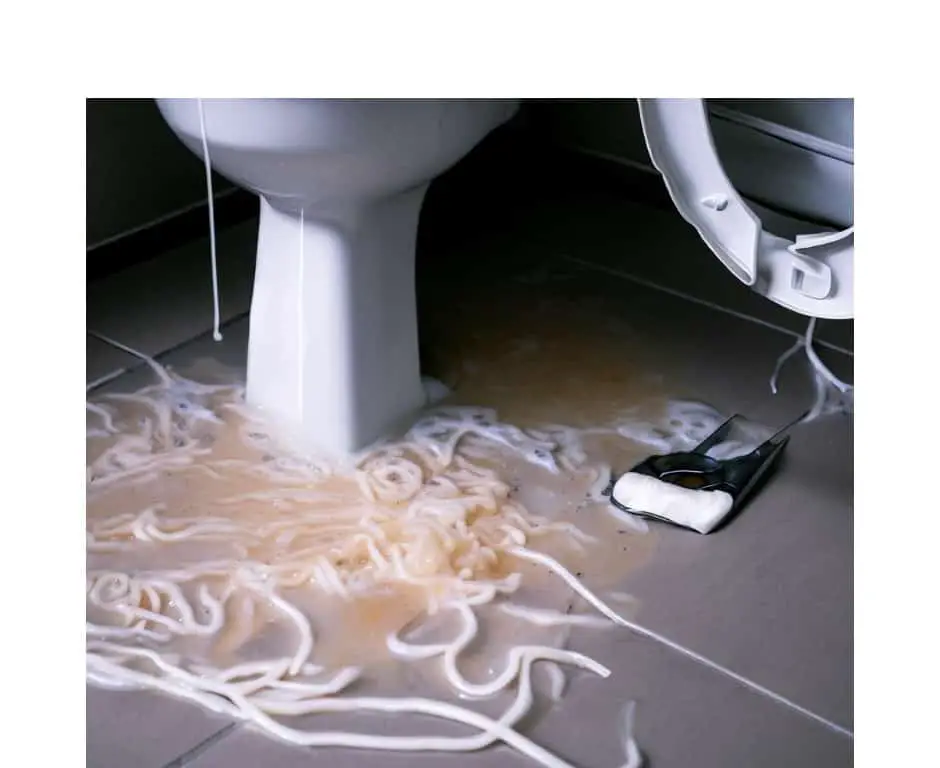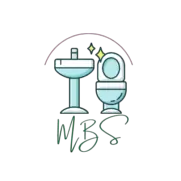In recent years, there has been a growing awareness of the impact our daily habits have on the environment, leading many to question if commonly used products such as dental floss are flushable. Dental floss, while effective in maintaining oral hygiene, is made of materials that may not break down easily in water. As a result, flushing floss can lead to plumbing issues and negative consequences for the environment.
In this blog post, we will explore the various aspects of dental floss, its impact on plumbing systems and the environment, as well as proper disposal methods and eco-friendly alternatives. This comprehensive article will help you make informed decisions when it comes to handling dental floss responsibly, ensuring both your oral hygiene and environmental stewardship are prioritized.
Can you flush floss? No, you should not flush dental floss because it can cause plumbing issues and harm the environment. Instead, dispose of floss responsibly in the trash.

The Impact of Flushing Floss on Plumbing
Flushing dental floss down the toilet might seem like an insignificant action, but it can actually have serious consequences for your plumbing. In this section, we’ll discuss how disposing of floss in this manner can lead to blockages, as well as the long-term effects on plumbing systems.
When floss enters your plumbing, it doesn’t dissolve or break down like toilet paper. Instead, it remains intact and can easily get tangled with other flushed materials, such as hair or paper towels. These tangles can then grow in size, eventually creating blockages in your pipes. A clogged pipe can restrict water flow and cause unpleasant odors, ultimately leading to the need for costly repairs. Moreover, a blocked pipe can potentially lead to water damage in your home due to leakage or overflow.
In addition to the immediate risk of blockages, flushing floss can have several long-term effects on your plumbing:
- Frequent clogs: As flushing floss becomes a habit, the risk of blockages increases over time, making frequent clogs a common occurrence, which can be both costly and time-consuming to fix.
- Damaged pipes: The strain caused by constant blockages can weaken the integrity of your plumbing system, leading to cracks, leaks, and ruptures in your pipes.
- Stressed septic system: If your home relies on a septic system, flushing floss can disrupt the balance of bacteria necessary for proper waste breakdown. An overwhelmed septic system may require expensive maintenance or replacement.
- Municipal sewage problems: When floss and other non-flushable materials enter municipal sewage systems, they can contribute to backups, overflows, and the need for costly repairs and upgrades to wastewater infrastructure.
By understanding the impact of flushing floss on your plumbing, you can take the necessary steps to protect your home from potential damages and expenses. Remember to always dispose of dental floss in the trash instead of the toilet in order to avoid these undesired consequences.
Adopting environmentally friendly practices, such as using biodegradable floss options or water flossers, can also contribute to maintaining well-functioning plumbing systems and protecting our environment as a whole.
The Impact on the Environment
While the plumbing issues associated with flushing dental floss are significant, there are also considerable environmental consequences to consider. Flushing floss contributes to pollution in waterways and the accumulation of microplastics. In this section, we’ll delve into the environmental impact of improperly disposed floss.
Most dental floss is made of non-biodegradable materials, such as nylon or Teflon, which can persist in the environment and pollute water sources. When floss reaches wastewater treatment plants, it can pass through their filtration systems and end up in rivers, lakes, and oceans. Once in the water, these non-degradable materials pose a threat to aquatic life and ecosystems.
One of the main environmental concerns with flushed floss is the formation of microplastics. As floss breaks down into smaller pieces over time, it becomes microplastics – tiny plastic fragments smaller than 5mm. These microscopic particles can be ingested by aquatic organisms, leading to potentially fatal consequences and disrupting the food chain.
The table below outlines several key environmental issues related to flushing dental floss:
| Issue | Description |
|---|---|
| Water pollution | Flushed floss contributes to pollution in rivers, lakes, and oceans, posing a threat to aquatic life and ecosystems. |
| Microplastics | As dental floss breaks down over time, it forms tiny plastic particles that can be ingested by marine life, causing harm to their health and disrupting the food chain. |
| Wildlife entanglement | Dental floss can cause physical harm to wildlife, becoming entangled around their bodies or stuck in their mouths, which can lead to injury or death. |
| Waste accumulation | Dental floss that is flushed down the toilet contributes to the growing problem of plastic waste in the environment, as it does not decompose easily. |
Understanding the significant environmental impact of flushing floss can help us make more responsible disposal choices and shift our habits to protect our planet. Consider using eco-friendly alternatives, such as biodegradable floss or water flossers, to minimize your environmental footprint.
Most importantly, remember that the proper way to dispose of dental floss is in the trash, not the toilet, to prevent harm to both our plumbing systems and the environment.
Proper Disposal of Dental Floss
To maintain optimal oral hygiene without harming the environment or causing plumbing issues, it’s crucial to dispose of dental floss correctly. In this section, we’ll discuss proper floss disposal methods and suggest eco-friendly alternatives that can further contribute to environmental preservation.
When it comes to disposing of dental floss, the easiest and most effective method is to simply throw it in the trash. Placing used floss in a small sealable bag or wrapping it in a tissue helps to keep your trash can clean and prevents it from becoming tangled or trapped in the waste bin. Always resist the temptation to flush floss, as doing so poses significant risks to both your plumbing and the environment.
In addition to properly disposing of traditional dental floss, you might want to consider using more sustainable alternatives. Here are some eco-friendly options that can help minimize your environmental impact:
- Biodegradable floss: Made from natural materials, such as silk or bamboo, biodegradable floss breaks down more easily than its synthetic counterparts, reducing waste and environmental pollution. Look for floss that comes in recyclable or compostable packaging to further reduce your impact.
- Reusable floss holders: To minimize waste, consider investing in a reusable floss holder. These devices, which allow you to wrap floss around two prongs, can be cleaned and refilled, reducing the amount of consumed material and discarded packaging.
- Water flossers: An effective and sustainable alternative to traditional floss, water flossers use a high-pressure stream of water to clean between teeth and along the gum line. As they do not require disposable materials, water flossers can significantly reduce waste while maintaining good oral hygiene.
By properly disposing of dental floss and considering eco-friendly alternatives, you can help protect your home’s plumbing system and preserve our environment.
Building sustainable habits starts with small, conscious decisions like these, which not only have an immediate positive impact but also contribute to lasting change for the betterment of our planet.
Conclusion
In conclusion, the answer to the question “Can you flush floss?” is a resounding no. Flushing dental floss can lead to a myriad of issues, including plumbing blockages, long-term damage to pipes and septic systems, and detrimental environmental consequences such as water pollution and microplastics. Instead of flushing floss, dispose of it responsibly in the trash or seek eco-friendly alternatives like biodegradable floss, reusable floss holders, or water flossers.
By taking these simple yet effective steps, you can ensure optimal oral hygiene while also doing your part to protect our planet. Remember that making conscious choices and developing sustainable habits starts with understanding the impact of our actions and committing to change.
Let’s collectively work towards a cleaner, greener future by keeping dental floss out of our toilets and adopting more environmentally responsible practices for the well-being of our home and environment.
